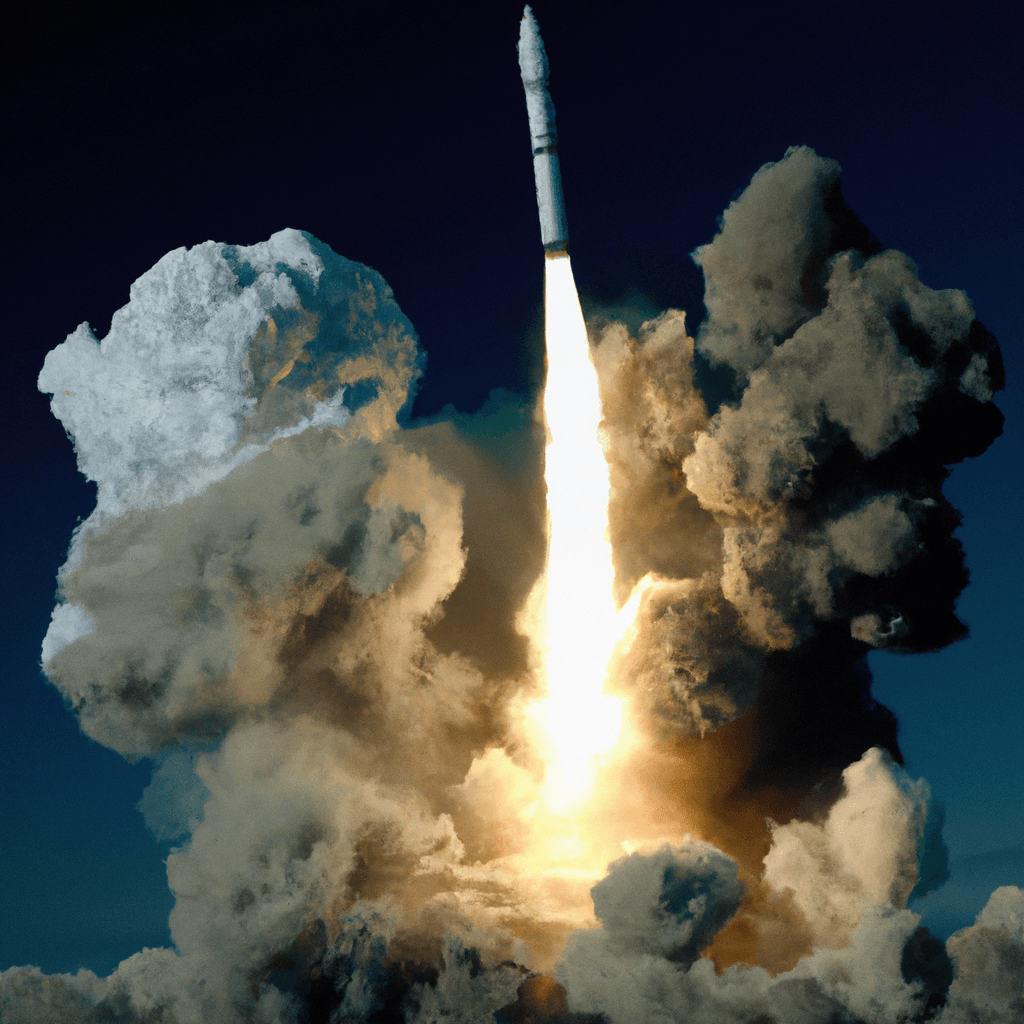SpaceX Explosion: Analyzing the Impacts and Future of Space Exploration
Understanding the implications of recent setbacks in the aerospace industry

The recent explosion at a SpaceX launch facility has sent ripples through the aerospace community, igniting discussions on safety, technology, and the future of private space exploration. As one of the leading companies in the industry, SpaceX has been at the forefront of innovation, and any incident related to its operations raises significant concerns and questions.
This explosion, which occurred during a routine test of the Starship rocket, highlights both the challenges of space technology development and the inherent risks involved. While SpaceX has achieved numerous milestones, this incident serves as a stark reminder of the dangers associated with rocket launches and testing.
The Incident
On October 5, 2023, a fire broke out during a routine engine test, resulting in a significant explosion that damaged several nearby structures. Fortunately, there were no injuries reported, but the incident has prompted a thorough investigation by both SpaceX officials and regulatory bodies.
Impacts on Future Launches
In the immediate aftermath, SpaceX has postponed several upcoming launches, including missions that are part of NASA’s Artemis program. This delay raises concerns about potential setbacks to timelines for planned lunar missions and other projects aimed at expanding human presence in space.
Safety Protocols and Innovations
While the explosion presents a setback, it also provides an opportunity to reassess safety protocols and innovate processes for future launches. SpaceX has a history of learning from its setbacks, using failures as stepping stones towards technological advancement. The company is expected to implement more robust safety strategies and invest in technologies that could help prevent similar incidents in the future.
The Bigger Picture
This event underscores the broader challenges faced by private aerospace entities that aim to revolutionize space travel. As SpaceX pushes the boundaries of what is possible, balancing innovation with safety will be crucial. The incident also calls for more comprehensive safety regulations that can keep up with the rapid advancements in space technology.
In conclusion, the SpaceX explosion serves as a potent reminder of the risks associated with aerospace endeavors. While it may delay some projects, it will likely also lead to improved safety measures and technologies, reinforcing the commitment to making space exploration safer and more accessible. The incident may be a setback, but it also paves the way for a more resilient future in the aerospace industry.